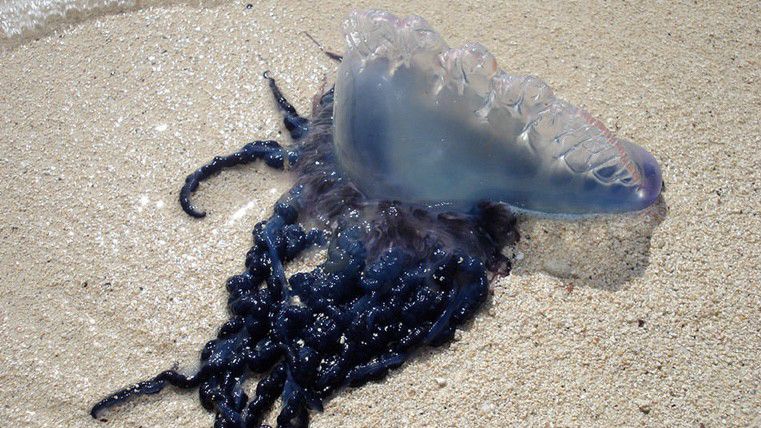More than 600,000 servicemembers have been exposed to toxic PFAS chemicals in drinking water at bases in the United States, according to a report from the Department of Defense and analysis from the Environmental Working Group.
PFAS are a group of more than 600 chemicals found in everyday household items, like nonstick cookware and to-go food containers. The chemicals are also found in firefighting foam used regularly for training and putting out fires involving jet fuel on many military installations.
The compounds are sometimes known as “forever chemicals” because they do not break down in nature and can build up in the human body. The chemicals have been linked to increase cancer risk, harm to fetal development and reducing the effectiveness of vaccines.
“The internal DOD assessment recognizes many of these harms, but it ignores the increased risk of kidney and testicular cancer from PFAS exposure, which is well documented by other federal agencies,” according to the Environmental Working Group.
The Department of Defense study found PFAS at 70 parts-per-trillion or more in the drinking water at 24 bases. New Environmental Protection Agency rules released over the summer put a limit of 1 ppt for PFAS in drinking water.
In the 2019 defendant budget, Congress required the Department of Defense to produce the report on how many members of the armed services have been exposed to the chemicals.
PFAS pollution from firefighting foam on military bases has attracted national attention, including a case at Marine Corps Air Station Cherry Point on the North Carolina coast. The foam polluted groundwater on base and in the surrounding communities. The U.S. Navy has been working to clean up the water around the base since the mid-1990s.
The Environmental Working Group, an environmental nonprofit in Washington D.C., said there are 400 U.S. military installations in the states and overseas with known PFAS contamination in drinking water supplies and more than 300 with suspected contamination.
Fort Leavenworth, in Kansas, has the highest levels with 649 ppt, followed by Picatinny Arsenal in New Jersey with more than 100 ppt, according to EWG. The U.S. Army’s largest base, Fort Bragg in North Carolina, recorded 98 ppt, the nonprofit said.
PFAS is found in the blood of almost everyone in the United States, according to the Centers for Disease Control and Prevention.
A separate Department of Defense report released in September said the military is limiting the use of firefighting foam and looking for alternatives that do not include PFAS. The department is also offering blood tests to firefighters.
The Defendant Department report focused on members of the military and veterans, but did not consider families who live on base, including at places like Fort Bragg and Fort Leavenworth. Some of the most serious impacts from PFAS are in children and pregnant women, according to EWG.
“PFAS exposure during pregnancy and childhood is linked to numerous health harms, including pregnancy-induced hypertension, low birth weight, shorter duration of breastfeeding, thyroid disruption, reduced vaccine effectiveness and harm to reproductive systems,” said EWG Toxicologist Alexis Temkin.






)

